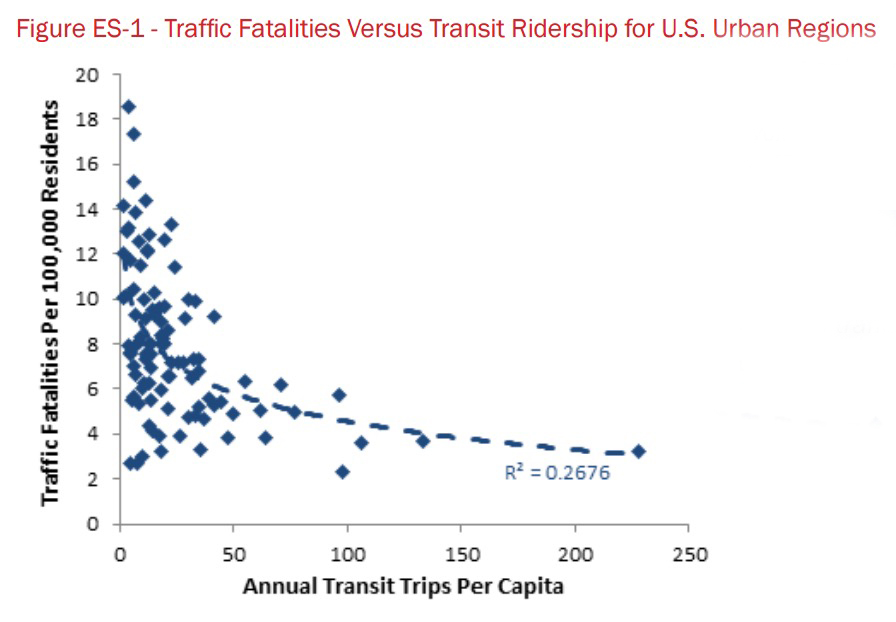
While livability has received increasing attention in planning and policy circles recently, agreement as to how to define, measure, and create it has been elusive. This is especially true in terms of the livability benefits of transit investments. While livability definitions tend to boil livability down to serving diverse people with diverse opportunities (RITA Office of Research, Development, and Technology 2011), most have not been specific enough to measure it consistently and implement it effectively. Furthermore, getting specific about livability—particularly when focusing on the livability benefits of transit-supportive investments—may cause those who do not care for transit to dismiss it.
View this complete post...
Tags: Dianne S. Schwager, National Academies, Transportation Research Board, TRB of NA
Posted in
Equity, Funding, Infra Views, Policy, Public Transportation, Smart Growth, Transit, Urban Planning
Comments Off on Livable Transit Corridors: Methods, Metrics, and Strategies























 RSS Feed
RSS Feed